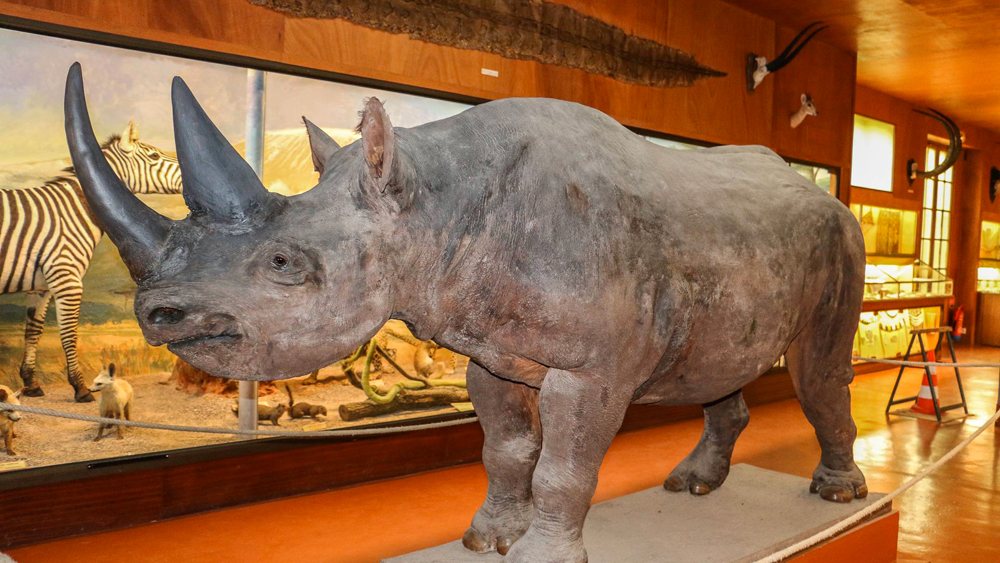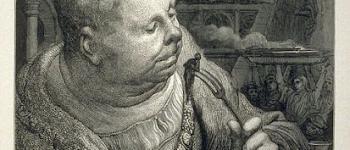
Baron Napoleon Gourgaud (1881-1944), great-grandson of Baron Gaspard Gourgaud, Napoleon's companion on St. Helena, lover of hunting in Africa, passionate about ethnography and natural sciences is the creator of this museum, located near the Napoleon Museum, also the work of the baron.
In this museum, installed since 1933 in former fishermen's cottages, you will be able to admire numerous collections of trophies, sculptures and ethnographic objects that the baron brought back from his multiple expeditions in Southern and Eastern Africa and his animal dioramas representing the African fauna made by the London taxidermist Rowland Ward. You will also be able to see an important collection of ethnographic objects as well as weapons and shields.
In order to present them in a setting reminiscent of their country of origin, the Baron commissioned a landscape painter to paint several dioramas illustrating the fauna and landscapes of East Africa, such as Mount Kenya, Kilimanjaro and the Sudan. Another of his companions, Armand Van Mons, gave him numerous ethnographic objects for his museum, including very rare masks from Gabon, as well as an exceptional collection of weapons and shields.
Composed of two long galleries arranged at right angles to each other, the African Museum was designed by the Parisian architect Léo Polin on the advice of the director of the Museum of Natural History in La Rochelle. It has kept its very characteristic presentation of the thirties as wanted by Baron Gourgaud.
Rates: twin ticket (African Museum + Napoleonic Museum)
When the African Museum is closed, the entrance to the Napoleonic Museum is at a reduced rate.
Free on the first Sunday of the month
The African Museum
Rue Napoléon,
17123 Ile d' Aix
Phone : 05 46 84 66 40
http://www.musees-nationaux-malmaison.fr
Translated with www.DeepL.com/Translator
(free version)






